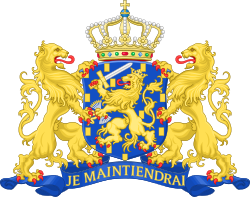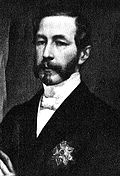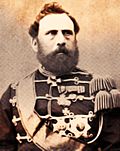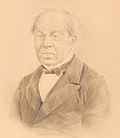This article relies largely or entirely on a single source .(March 2019) |
Third Thorbecke cabinet | |
|---|---|
| Cabinet of the Netherlands | |
| Date formed | 4 January 1871 |
| Date dissolved | 6 July 1872 (Demissionary from 6 June 1872) |
| People and organisations | |
| Head of state | King William III |
| Head of government | Johan Rudolph Thorbecke |
| Deputy head of government | Pieter Philip van Bosse (Unofficially) |
| No. of ministers | 7 |
| Ministers removed | 3 |
| Total no. of members | 9 |
| Member party | Independent Liberals (Ind. Lib.) |
| Status in legislature | Centre-right Minority government |
| History | |
| Election | 1871 election |
| Predecessor | Van Bosse–Fock cabinet |
| Successor | De Vries–Fransen van de Putte cabinet |
| Part of the Politics series |
 |
|---|
| |
The Third Thorbecke cabinet was the cabinet of the Netherlands from 4 January 1871 until 6 July 1872. The cabinet was formed by Independent Liberals (Ind. Lib.). The Centre-right cabinet was a minority government in the House of Representatives. Independent Liberal Johan Rudolph Thorbecke was Prime Minister. [1]








